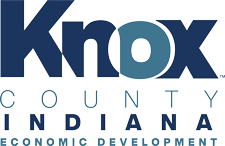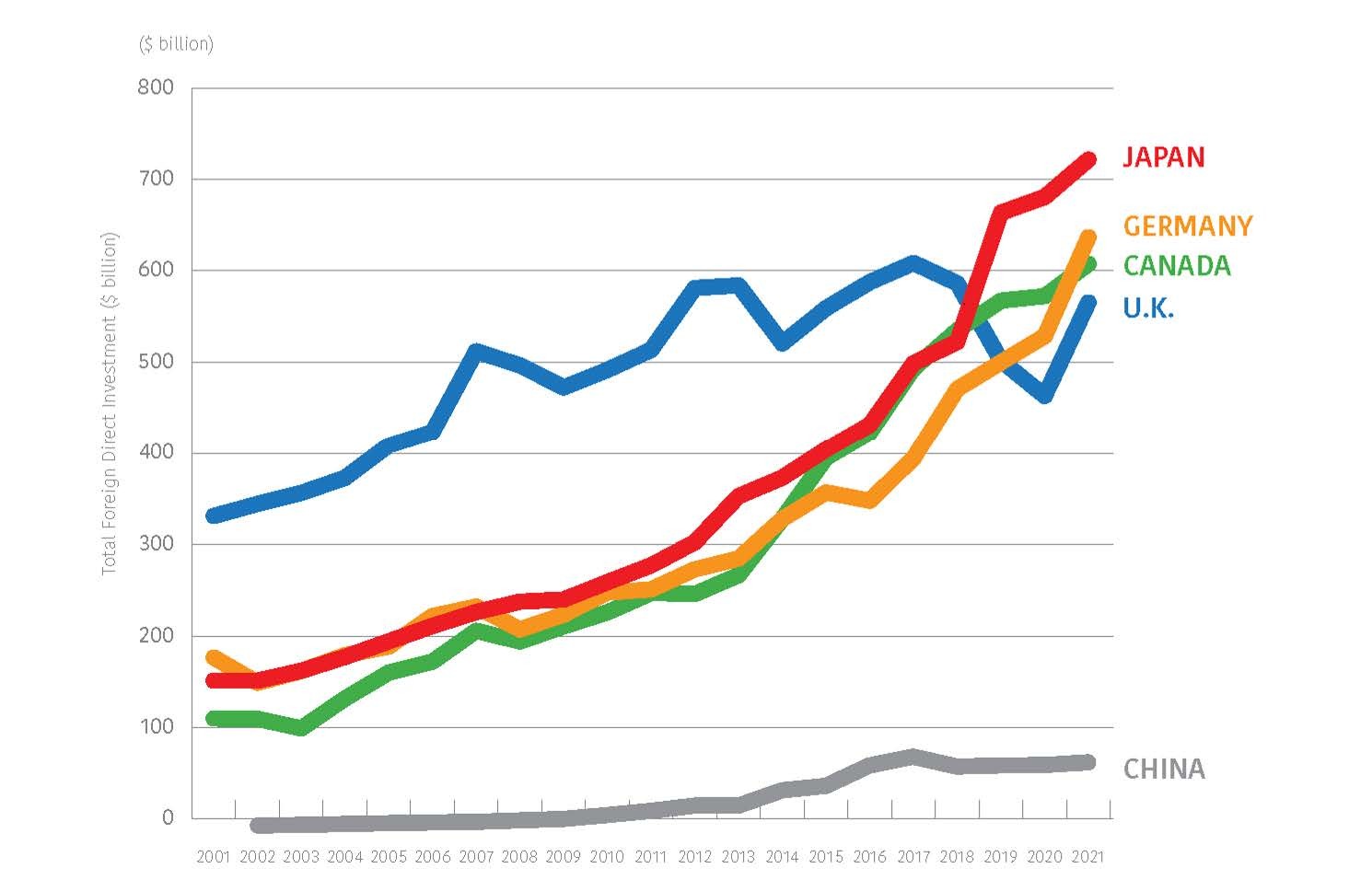By Chris Pfaff, CEO of Knox County Economic Development
(The following column previously appeared on Inside Indiana Business)
Last fall, Knox County officials and I joined Gov. Eric Holcomb and the Indiana Economic Development Corporation (IEDC) for a week-long trade mission in Japan. Some may ask, why are focused visits like these vital to Indiana – and particularly southern Indiana? Here’s a key fact: Indiana has the highest concentration of foreign direct investment (FDI) in the United States from Japanese companies. What does that mean? We took part in this mission to sustain sound and positive relationships with Japanese companies and executives who regard Indiana investments as important, even vital.
Knox County, of course, directly benefits from that investment with Futaba Indiana of America Corporation, a Japanese entity that operates a major manufacturing center in Vincennes. Futaba directly supports manufacturing operations of Toyota in Princeton, Indiana, which gives you an idea of the critical connectivity inherent in FDI.
Why should Hoosiers care about Japan, a close U.S. ally?
Simply put, foreign-owned companies in the Hoosier state employ more than 200,000 workers across Indiana, with well over half of those workers in important manufacturing jobs. That number includes an Indiana-based workforce engaged with more than 300 Japanese companies in Indiana, employing more than 55,000 people. Many of these Japanese companies are international brand names, including Subaru Corp., Toyota Motor Corp., Honda Motor Co. and Hitachi Ltd. Several major Japanese subsidiaries, including Futaba and Excell in Knox County, directly serve the automotive manufacturing industry.
As one can imagine, there exists intense competition from many states and regions who would love to have these companies and jobs in their area. Through consistent performance and delivery, Indiana is winning – the state has fashioned and earned a stellar reputation for successful investments.
Traveling to see and meet with Japanese investors adds important dimensions and nuances. When one visits Japan, especially Tokyo (the world’s largest city), the full-on commitment to Kaizen (a Japanese word meaning “continuous improvement”) is readily evident to visitors. A spirit of precise and high organization is woven into Japanese daily life, even down to the pristine nature of their cities.
Application of the Kaizen business philosophy in Japan also includes making work environments more efficient and safer, with employee engagement encouraged and expected. As a result, careless trash and debris on city streets are essentially nowhere to be found, even in a metropolitan area that’s home to more than 37 million people. There is evident quiet pride in working and living spaces. To a visitor, experiencing that firsthand is both fascinating and illuminating.
Another example includes experiencing differences in working business environments. Where one might enter an air-conditioned building in the United States that is cooled to almost to uncomfortable temperatures, many buildings and workplace environments we visited were noticeably mostly on the warm side.
Why? The answer may be surprising. After the 2011 Fukushima Daiichi reactor incident (following a major earthquake and tsunami), all 17 nuclear power reactors were shut down over the next two years and electrical power rationing took place in nine prefectures. Nuclear power previously accounted for about 30% of Japanese electrical power. Since then, only 10 reactors have been restarted. Despite record temperatures in some months, Japan still focuses on power conservation. It was enlightening to experience that in person. These are important considerations to appreciate and promote understanding.
Maintaining Japanese interest and attraction to Indiana is definitely not a static endeavor. In terms of maintaining open relationships, it is important to know that all Japanese companies express high interest in a top issue: workforce development. To keep operations running at optimal levels, they need qualified professionals who hold steady positions. They also need access to new workers to accommodate expected growth. They all know that America (like other western nations) almost universally faces workforce supply issues across the board.
The bottom line? Indiana is actively addressing these needs through workforce attraction, upskilling and talent development initiatives. These initiatives are working. Japanese executives and planners appreciate face-to-face discussions and interchanges about current workforce and investment issues.
While there were several interchanges over the past decade where Indiana officials visited Japan for executive meetings and vice versa, the pandemic froze such in-person gatherings. We all managed to get through that time, but Zoom meetings, emails and other communications are simply not the same as visiting and discussing key issues in person.
Critical relationships require quality time. Following the lifting of restrictions, direct travel to and from Japan resumed. Indiana has long-participated in the annual Midwest-Japan Association annual conference, which I have attended when it takes place in Chicago. This year marked the return to Tokyo, which the Governor and the Indiana delegation attended, including myself, Vincennes Mayor Joe Yochum and Knox County Commission President Kellie Streeter. Having elected officials aware of and appreciative of cultural issues (like Kaizen) is invaluable.
These types of trips embody hard work in preparation and follow-up. As a long-time economic development professional, I appreciate the commitment Indiana makes at the Governor and state agency level in not only marketing the state as a great investment opportunity, but by conducting the all-important follow-up. It’s always a good thing to remind companies of the great decision they made to invest and grow in Indiana.
On this trip Governor Holcomb also hosted a “Friends of Indiana” reception for Japanese CEOs and executives. That represents both an important cultural protocol step to express gratitude and appreciation, and an opportunity to directly renew existing relationships and build new ones. We came away with several options and opportunities to explore, the kind that can usually only be developed in a one-on-one environment.
The Knox County local government participation also sends an important message: our local officials care enough about the substantial multi-million-dollar investments in southern Indiana that they will personally take the time, energy and funds to visit in-person. That’s an important consideration that cannot be understated. Our Japanese friends share experiences, so a good impression can be quietly shared and create additional opportunities.
As the current chairman of the Southwest Indiana Development Council, I had the positive opportunity to pull a little double duty on behalf of additional counties in southern Indiana. Since many Japanese companies investing and working in Indiana all hold interconnected ties, that just adds value.
What does this mean? For certain, economic development – and especially international economic development – is a contact sport. When you read of or even drive by a Japanese manufacturing facility in Indiana, one can appreciate much more deeply the dynamics required for Indiana to maintain a robust, mutually beneficial relationship with Japan.
A long-time economic development and defense industry professional, Chris Pfaff is Chief Executive Officer of Knox County Indiana Economic Development.

